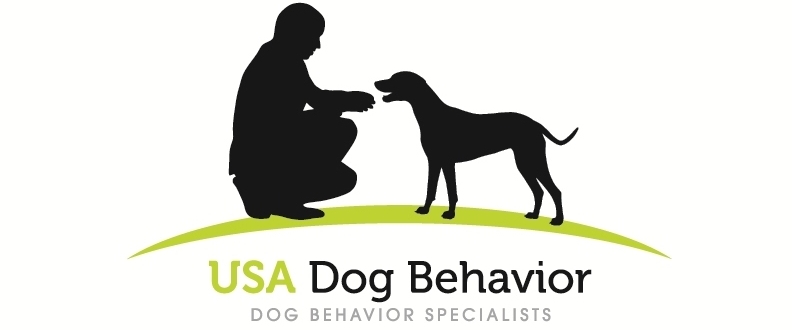6 Things Parents Need to Know to Keep Their Kids Safe Around Dogs
Average Reading Time: 1 minute, 43 seconds
© Scott Sheaffer, CBCC-KA, CDBC, CPDT-KA, USA Dog Behavior, LLC
“As adults, it’s our duty to ensure the safety of our children, and understanding our pets’ behavior is a crucial part of this responsibility.”
In our latest podcast episode titled "6 Things Parents Need to Know to Keep Their Kids Safe Around Dogs", we take a deep dive into the often misunderstood world of canine behavior, particularly focusing on the safety of children around dogs.
Understanding dog behavior is critical in ensuring child safety. It is essential to know that even the most friendly family pet can exhibit aggressive behavior in certain situations. This episode emphasizes the importance of supervision, not only indoors but also outdoors, where children might encounter unfamiliar dogs.
During the discussion, we highlight some startling statistics about dog bites in the U.S. The underreporting of this issue is a significant concern that many people overlook. This episode stresses the need for awareness and preventive measures to address this problem effectively.
In the second part of the discussion, we provide a comprehensive list of rules for child safety around dogs. It's crucial for adults to recognize signs of dog aggression, such as licking lips, ears being pulled back, and wagging tail - yes, even a wagging tail. We caution against seemingly harmless actions such as hugging dogs, getting face to face with them, or disturbing them while they're asleep or resting.
Adults play a crucial role in ensuring children's safety around dogs. It's our responsibility to understand these signs and supervise kids around dogs effectively. Ignorance can lead to incidents that could easily be prevented with a little awareness and understanding.
We further discuss how young children may not recognize signs of aggression, emphasizing the need for adults to be aware and intervene when necessary. Actions that might seem innocent, like hugging a dog or getting face-to-face with them, can be perceived as threatening by the dog, leading to aggressive behavior.
Additionally, the episode underscores the importance of not disturbing dogs when they are sleeping or resting. Like humans, dogs do not appreciate being bothered during their rest times, and doing so can lead to an instinctive aggressive reaction.
Finally, we touch on the issue of resource guarding, a common behavior where dogs guard their food, toys, or space. Children should be taught to respect a dog's space, especially when they are eating or playing with their toys.
Overall, this podcast episode is an informed discussion about dog behavior and child safety. It serves as a comprehensive guide to understanding canine signals and ensuring a safer environment for children around dogs. As adults, it's our duty to ensure the safety of our children, and understanding our pets' behavior is a crucial part of this responsibility.

